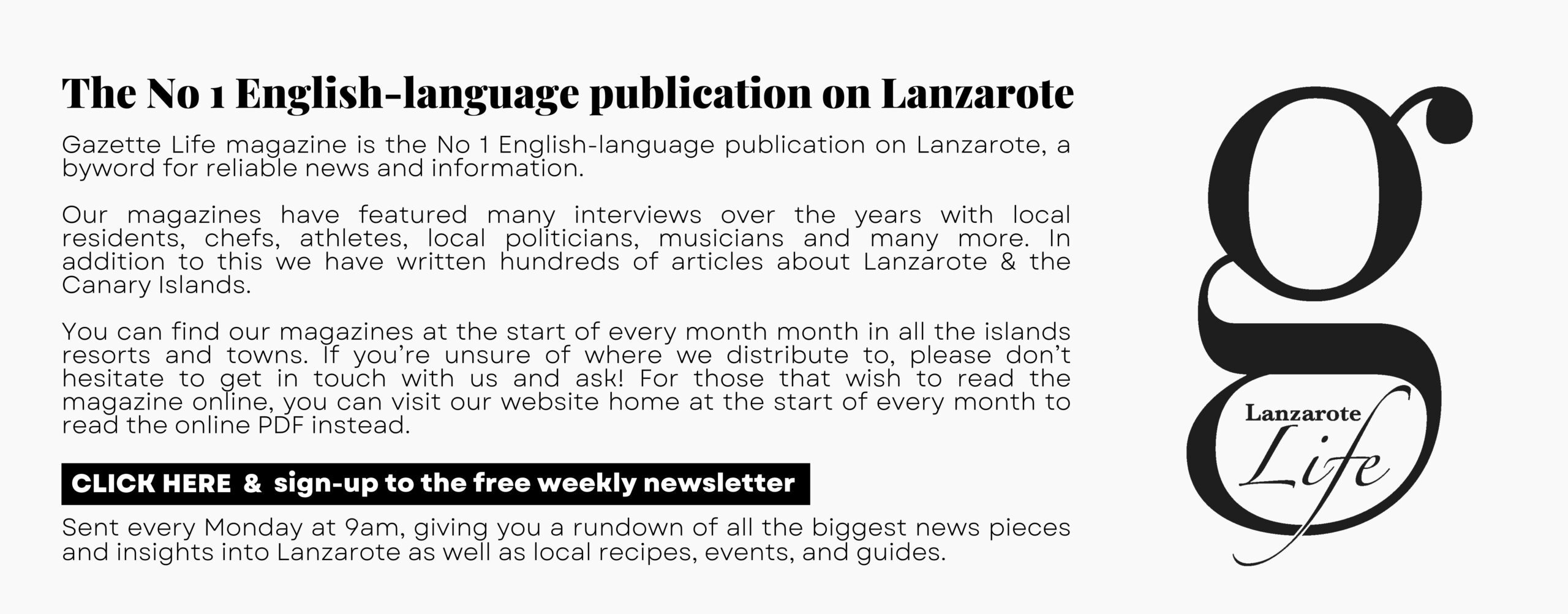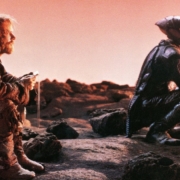On the 22nd February 1974, four Canarian artists – Luis Ibáñez, Pepe Dámaso, Gerardo Fontes and César Manrique – opened the doors of a “polydimensional arts centre” in the heart of Arrecife.
By this time, Manrique was already well on his way to recreating his native island, having worked tirelessly since his return from New York in 1966. During his time in New York he had attended an exhibition “Architecture Without Architects” in the Manhattan’s MoMA, which was hugely influential on his thinking, and had attended events with Andy Warhol.
The name El Almacén (The Warehouse) reflects the influence of Warhol’s Factory. But while the Factory was a studio where art was created, El Almacén was a place where art was kept and preserved.
Pepe Dámaso told Atlantic magazine “Everything just seemed to come together at the right time. We were able to bring life back to a nineteenth-century mansion… It was a laboratory of ideas and cultural activity.”
At the time, El Almacén was described as an “oasis”. Dámaso remembers “Dance, music, painting, sculpture, photography, cinema and theatre; food, drink, clothes and flowers; books and furniture, beautiful and precise objects form the simple, direct and sparse machinery of El Almacén.”
The centre was originally two large houses owned by wealthy Arrecife families, which were later united to combine the island’s art school, where one of Manrique’s mentors, Pancho Lasso, gave classes. When the art school found new premises in the late 60s, a space was free for Manrique to pursue one of his dreams.
El Almacén was described as a “Cultural, Artistic and Commercial Centre”, and the commercial element was important to Manrique, who firmly believed that art should not make money, but at least be able to pay for itself. When it opened, the centre had a bookshop, a florist, a record shop, a boutique and a bar, and most events charged an entrance fee – something that continues in Manrique’s tourist centres.
Manrique himself would often head down into Arrecife from his home in Tahiche and hold court at El Almacén. The centre became a magnet for Lanzarote culture vultures, and was also visited by off-island celebrities such as David Bowie’s mentor Lindsay Kemp, director Pedro Almodóvar and actor John Malkovich.
After seven years of closure, El Almacén re-opened in 2016 and, apart from a pause during the Covid pandemic, has been open ever since, The Pablo Ruíz Picasso Bar remains open, and is a must- visit for anyone interested in Manrique’s impact on the island.
Elsewhere, large galleries continue to exhibit works by mainly Canarian artists, and the Cinema Buñuel – the only arthouse cinema on the island – offers regular showings of recent critically-acclaimed films, shown in their original language with Spanish subtitles.
The square just a few metres away from the front door of the centre has been converted from an ugly carpark to a public space where concerts are often held.
For regular updates, pictures and videos of Lanzarote be sure to like and follow our Facebook page “Gazette Life Lanzarote”.











